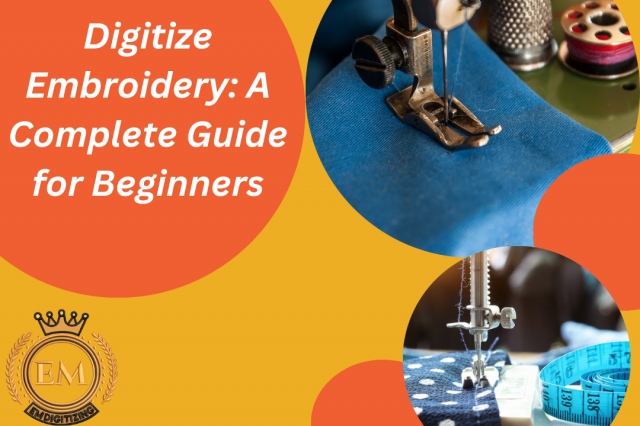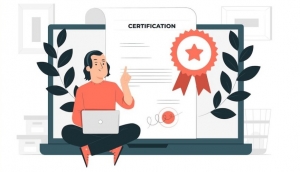What Is Embroidery Digitizing? A Beginner's Guide
Embroidery has evolved significantly, thanks to technology. Today, businesses and hobbyists alike use embroidery digitizing to create intricate, high-quality designs. If you're new to this process, this guide will help you understand what it means to digitize embroidery and how embroidery digitizing services can help you achieve professional results.
What Does It Mean to Digitize Embroidery?
To digitize embroidery means converting artwork or images into a stitch file that an embroidery machine can read. This file contains instructions on stitch types, directions, and densities, ensuring the machine accurately replicates the design on fabric.
How Embroidery Digitizing Works
The digitizing process involves:
-
Uploading an image: Start with a logo, text, or custom design.
-
Using embroidery software: Specialized software translates the design into stitch patterns.
-
Assigning stitch types: The digitizer determines stitch types like satin, fill, and run stitches.
-
Adjusting settings: Factors like stitch density, pull compensation, and underlay are optimized.
-
Saving in the correct format: Popular formats include DST, PES, and EXP.
Why Is Embroidery Digitizing Important?
Digitizing embroidery offers several benefits, including:
-
Precision & Accuracy: Ensures designs are sharp and well-defined.
-
Scalability: Designs can be resized without losing quality.
-
Customization: Allows complete creative control over embroidery patterns.
-
Efficiency: Reduces manual work, speeding up production.
Embroidery Digitizing Software Options
If you want to digitize embroidery yourself, you'll need specialized software. Popular options include:
-
Wilcom – A professional-grade digitizing software with advanced features.
-
Brother PE-Design – Ideal for home embroiderers and small businesses.
-
Embird – Offers user-friendly tools for beginners.
-
Hatch Embroidery – Designed for both beginners and experts.
DIY vs. Hiring an Embroidery Digitizing Service
DIY Digitizing
Pros: ✔ Full creative control
✔ No outsourcing costs
Cons: ✘ Requires a learning curve
✘ Expensive software investment
Hiring an Embroidery Digitizing Service
Pros: ✔ Professional results
✔ Saves time and effort
✔ Works with complex designs
Cons: ✘ Recurring costs
✘ Less control over customization
How to Choose the Best Embroidery Digitizing Service
When selecting an embroidery digitizing service, consider:
-
Experience: Look for professionals with a strong portfolio.
-
File Formats: Ensure they provide files compatible with your machine.
-
Turnaround Time: Faster services can keep production moving.
-
Pricing: Compare rates to get the best value.
Common Mistakes to Avoid in Embroidery Digitizing
-
Using low-quality images: Results in poor stitch quality.
-
Ignoring stitch density: Can cause fabric puckering or distortion.
-
Choosing the wrong stitch type: Affects design clarity and durability.
-
Neglecting underlay stitches: Leads to uneven embroidery.
Conclusion
By understanding the process to digitize embroidery, you can create stunning, high-quality embroidered designs. Whether you opt for DIY digitizing or use an embroidery digitizing service, mastering this craft opens up endless creative possibilities.
FAQs About Embroidery Digitizing
1. What file format do I need for embroidery digitizing?
Common formats include DST, PES, EXP, JEF, and HUS. Check your machine's compatibility.
2. Can I digitize embroidery designs for free?
Some free tools exist, but professional-quality digitizing requires paid software.
3. How much does an embroidery digitizing service cost?
Costs vary based on complexity, typically ranging from $10 to $50 per design.
4. Do I need special software to digitize embroidery?
Yes, you'll need digitizing software like Wilcom, Hatch, or Brother PE-Design.
5. Can any image be digitized for embroidery?
Most images can be digitized, but simpler designs with clear lines work best.






